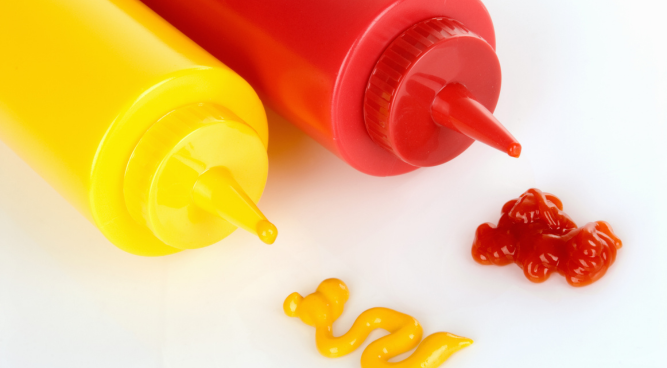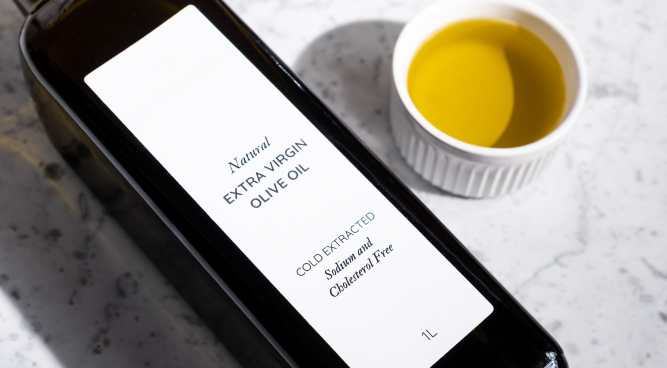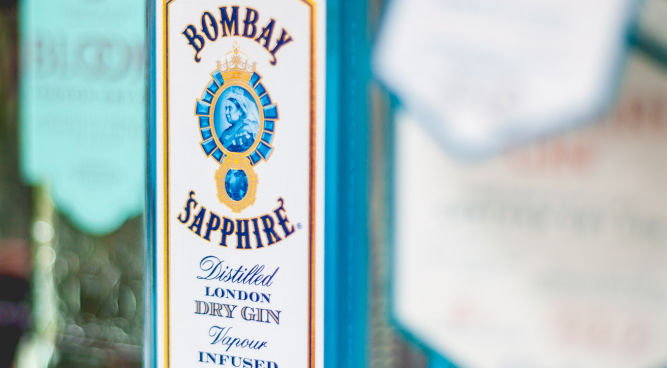Table of Contents
Introduction
Mustard bottles come in various shapes and sizes. In the realm of culinary pleasures, few condiments can assert the same extent of prevalence and adaptability as the unassuming mustard. Moreover, in the realm of distributing and serving this liquid gold, the dependable mustard vessel assumes a crucial role. Within this exploration of the mustard receptacle, we shall embark upon a sojourn through its historical annals, charting its progression, and unveiling its significance in the domain of condiments and dining. Whether one possesses a casual fondness for condiments or stands as a seasoned epicurean, it’s highly likely that the mustard container has graced their dining tableau on numerous occasions.
Video Demo For You:
l. The Origins of Mustard
Before we immerse ourselves in the intricacies of the mustard flask, it becomes paramount to fathom the venerable beginnings of the condiment it cradles. Mustard, in its contemporary manifestation, boasts a heritage that spans eons. Its inception can be traced back to the cultivation of the diminutive mustard seed, which took root in multifarious regions across Asia, Europe, and the Middle East.
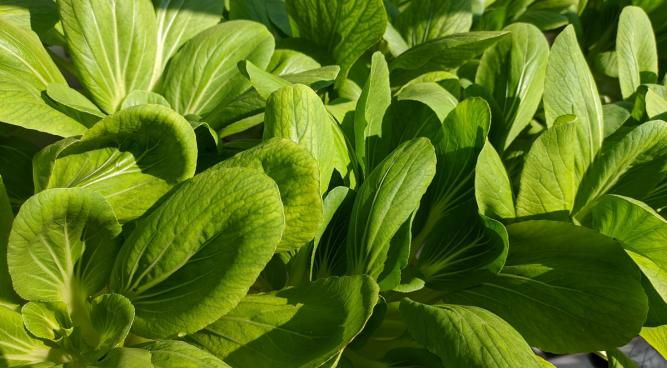
Primeval Origins
The utilization of mustard finds its genesis in ancient civilizations. The Romans, Greeks, and Egyptians meticulously documented the cultivation and consumption of mustard seeds. Initially, mustard was primarily used as a medicinal plant rather than a culinary condiment. It was believed to have various health benefits and was applied externally to treat a range of ailments.
Culinary Evolution
As the sands of time drifted by, mustard gradually carved out a niche in the realm of cuisine. Among these epicurean enthusiasts, the Romans, in particular, nurtured an affection for mustard, employing it as a seasoning for their culinary creations. They painstakingly crushed mustard seeds into a harmonious paste, blending them with elements such as vinegar and wine to forge a condiment akin to the contemporary Dijon mustard we savor today.
ll. The Birth of the Mustard Bottle
As mustard’s popularity as a culinary condiment grew, the need for a convenient way to dispense it became evident. This gave rise to the invention of the mustard bottle.
The Early Days
In the 18th century, the first mustard bottles emerged in France. These early vessels were often made of glass and featured corks or stoppers. While they served their purpose, they lacked the efficiency and ease of use that we associate with modern bottles of mustard.
Evolution in Design
The 19th century saw significant advancements in mustard bottle design. Glassblowers began crafting bottles with narrow necks and specialized spouts, allowing for controlled pouring. This innovation made it much easier for diners to apply mustard to their meals without mess or waste.
III. Mustard Bottle Materials
Over the years, bottles of mustard have been made from various materials, each with its unique advantages and aesthetic appeal.
Glass Bottles
Glass bottles of mustard have a classic, timeless look. These containers are robust and straightforward to maintain, rendering them a favored selection for both commercial and domestic purposes. The clarity of the glass permits users to peer inside, providing the assurance that they can discern when a replenishment of mustard is due.
Plastic Bottles
In the modern era, plastic bottles of mustard have gained popularity due to their durability and lightweight design. They are often squeezable, allowing for precise control over the dispensing of mustard. Plastic bottles are also less prone to breakage, making them a convenient option for picnics and outdoor gatherings.
Metal Containers
Some specialty mustards come in metal tins or jars. These containers have a unique aesthetic and are often associated with artisanal or gourmet mustard brands. While not as common as glass or plastic, metal containers have their niche in the market.
IV. Mustard Bottle Shapes and Sizes
Bottles of mustard come in a variety of shapes and sizes, catering to different preferences and needs.
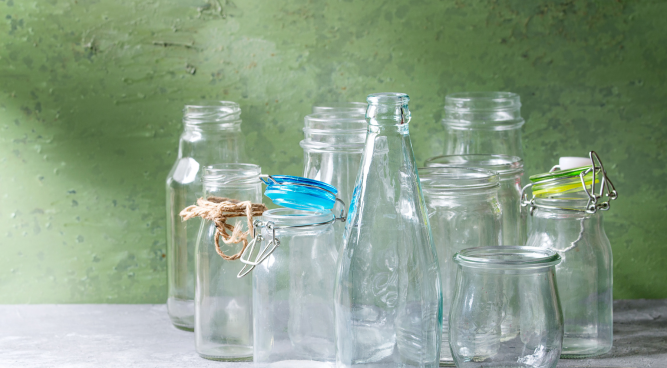
Classic Squeeze Bottle
The classic squeeze bottle is a staple in households and restaurants alike. It typically features a narrow neck and a flip-top cap that allows for easy, controlled dispensing. These bottles come in various sizes to accommodate both casual users and avid mustard enthusiasts.
Traditional Glass Jar
For those who prefer a more traditional presentation, glass jars are a popular choice. They often have wide mouths, making it easy to scoop out the mustard with a spoon or knife. Glass jars also provide an airtight seal, preserving the freshness of the condiment.
Mustard Pots
In upscale dining establishments, you might encounter mustard served in small ceramic pots or containers. These pots often come with accompanying spoons and add an element of elegance to the dining experience.
V. Mustard Bottle Labels
The label on a mustard bottle can tell a story of its own. It showcases the brand, and flavor, and often provides additional information about the condiment.
Branding and Identity
A bottle of mustard is a canvas for branding and design. Each brand strives to create a unique label that reflects its identity and sets it apart from competitors. The label may feature the brand’s logo, a description of the mustard’s flavor profile, and any special attributes or certifications, such as organic or gluten-free.
Regional and Specialty Mustards
Some bottle of mustard proudly display their regional origins or unique flavor profiles. For example, Dijon mustard from France is renowned for its sharp and tangy flavor, while honey mustard emphasizes its sweet and savory notes. Specialty mustards often feature elaborate label designs to convey their artisanal quality.
VI. Mustard Bottle Maintenance
Proper care and maintenance of mustard bottles are essential to ensure the condiment’s quality and prevent contamination.
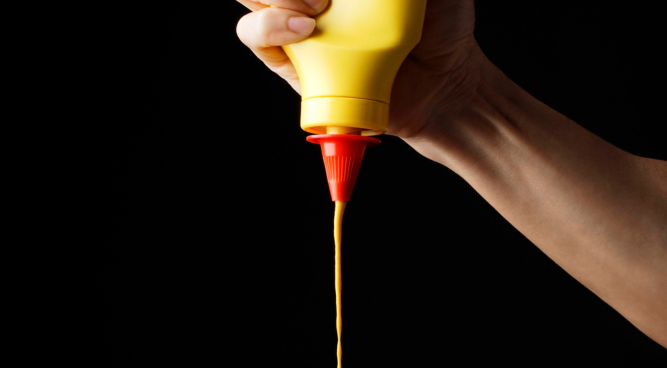
Cleaning
Cleaning mustard containers, particularly those with slender necks and petite openings, can present a cleaning challenge. It is imperative to rinse the bottle meticulously with warm water following each use. When dealing with glass bottles, a specialized bottle brush can prove invaluable in reaching confined nooks and crannies. For plastic bottles, the convenience of dishwasher-safe materials ensures a hassle-free cleanup.
Proper Storage
To uphold the mustard’s freshness, it is advisable to stow the bottle in a cool, dimly lit location, shielding it from direct sunlight and extreme temperature fluctuations. The cap or lid should be tightly closed to prevent air from entering the bottle, which can lead to spoilage.
VII. Mustard Bottles in Popular Culture
The mustard bottle has made its mark in popular culture through various references in literature, film, and television.
Iconic Condiment Scenes
In movies and TV shows, scenes featuring mustard bottles often add humor or drama. Think of the classic “squirting mustard mishap” scene in slapstick comedies, where an overzealous squeeze results in a comical mess.
Iconic Brands
Mustard brands like French and Grey Poupon have become household names, and their distinctive bottles are instantly recognizable. These brands have also been featured in memorable advertising campaigns that have cemented their status in popular culture.
VIII. The Future of Mustard Bottles
As culinary preferences evolve and sustainability becomes a growing concern, the mustard bottle of the future may undergo changes to meet new demands.
Eco-Friendly Packaging
With an increasing emphasis on environmental sustainability, manufacturers may explore innovative, eco-friendly materials for mustard bottle production. Biodegradable or recyclable options could become more common.
Smart Packaging
Advancements in technology may lead to the development of smart mustard bottles equipped with sensors to monitor freshness and usage. These bottles could communicate with smartphones, providing users with information about the mustard’s quality and suggestions for recipes.
Closing Thought
The mustard bottle may appear to be a simple vessel for holding a condiment, but its history, design, and cultural significance are anything but ordinary. From its ancient origins as a medicinal plant to its role as a beloved condiment, mustard has come a long way. Throughout this culinary odyssey, the mustard container, with its diverse array of forms and dimensions, has stood by our side, simplifying our enjoyment of this delectable condiment alongside our beloved dishes. As we stride into the future, the mustard bottle persists in its evolution, accommodating the evolving preferences and requirements of a fresh generation of diners. Therefore, when you extend your hand to retrieve that dependable mustard vessel next time, seize a moment to reflect on the culinary history and ingenuity it embodies. It’s not just a container; it’s a condiment classic. For more please visit home.
Certainly, here are five FAQs about mustard bottles:
1. What types of materials are commonly used for mustard bottles?
Answer: Mustard bottles are typically made from glass or plastic, with some specialty options available in metal containers.
2. How do I clean mustard bottles effectively, especially those with narrow openings?
Answer: To clean mustard bottles effectively, rinse them thoroughly with warm water after each use. For glass bottles, a bottle brush can help reach tight spots. Plastic bottles are often dishwasher-safe, making cleanup easy.
3. Can I refill a mustard bottle with a different type of mustard?
Answer: Yes, you can refill a mustard bottle with a different type of mustard, but make sure to clean it thoroughly to avoid flavor contamination.
4. Are there any unique or collectible mustard bottle designs?
Answer: Yes, there are unique and collectible mustard bottle designs, including vintage bottles, artisanal containers, and limited-edition packaging produced by various mustard brands.
5. What is the best way to store mustard bottles to maintain freshness?
Answer: To keep mustard fresh, store the bottle in a cool, dark place, away from direct sunlight and extreme temperatures. Ensure that the cap or lid is tightly closed to prevent air from entering the bottle, which can lead to spoilage.

